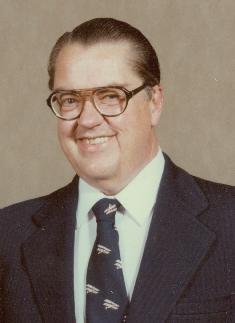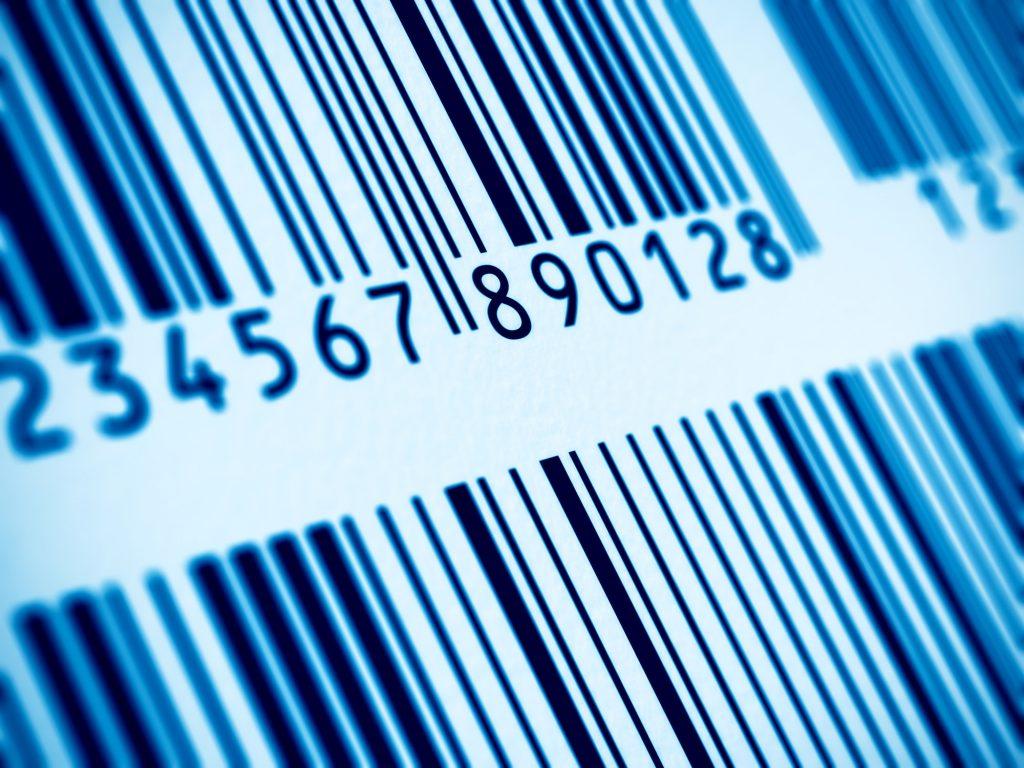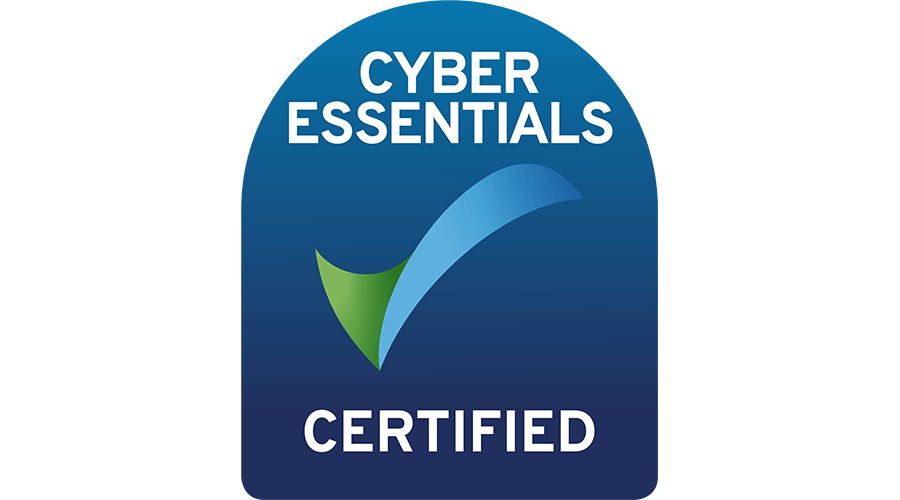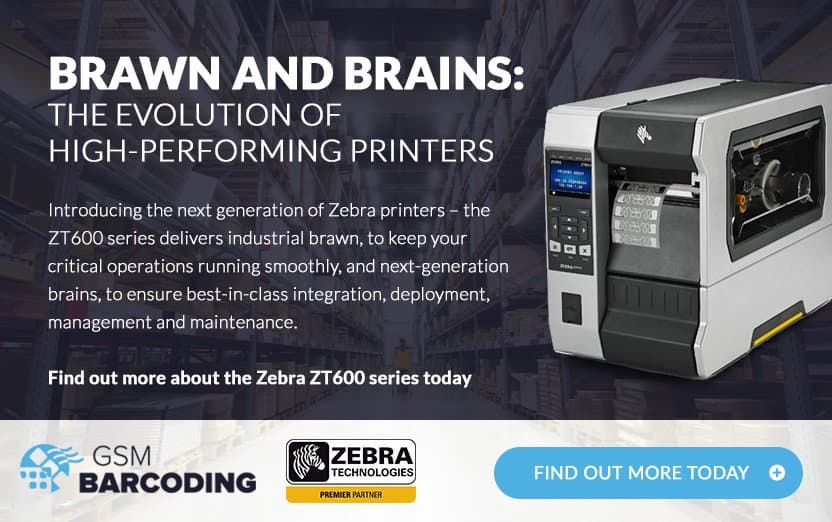George Laurer, whose design of the vertically striped barcode revolutionised the supermarket checkout, parcel deliveries and assembly lines, died on the 5th December 2019 at the age of 94.

His design, the Universal Product Code, debuted in 1974, and the first item ever to be scanned with the vertical barcode was a 10-pack of Wrigley’s Juicy Fruit chewing gum in a supermarket in Ohio. His barcodes, composed of black stripes of varying thickness and a 12-digit number, have been used to help identify products and transformed the world as we know it.
Here’s a look at the life and legacy of the man who brought us the modern-day barcode.
Early Life
Laurer was born on the 23rd September 1925 in New York City. His father was an electrical engineer and moved the family to Baltimore, Maryland so he could work for the United States Navy. Despite having a bout of polio as a teenager, in the 11th grade, Laurer was drafted into the army during World War II.
After being discharged, he attended technical school and studied radio and television repair. Convinced by his skills and talent, his instructor told him he should not continue with the course after his first year and should go to college. In 1951, Laurer went on to graduate from the A. James Clark School of Engineering at the University of Maryland.
Universal Product Code
Laurer joined IBM as a junior engineer in 1951. By 1969 he had been promoted to senior engineer and was working in the company’s offices in North Carolina. While at IBM, he was assigned the task of developing barcodes for use in grocery stores.
At the time, the idea of barcodes was focused on the bullseye pattern designed by Joe Woodland in 1940. However, Laurer recognised that the model was ineffective because it had a tendency to smear during printing. He went against his manager’s instructions and set out to find a better system. So he proposed a vertical pattern of stripes in 1971; this design was accepted, and Laurer worked alongside Woodland and mathematician David Savir to iron out the finer details – the inclusion of a check digit and error correction.
The requirements for the new barcode system was that it needed to be small and neat, a maximum of 1.5 square inches, be printable with existing technology, readable from any direction and at speed, and with fewer than one in 20,000 undetected errors.
In 1973, Laurer’s design for IBM was accepted by the Symbol Selection committee of the Uniform Grocery Product Code Council – who had been trying to find a universal design to use across grocery stores.
In a 2010 interview, Laurer said that grocery stores in the 1970s were dealing with climbing costs and labour-intensive requirements of putting price tags on all the products. The introduction of the barcodes led to fewer pricing errors and allowed shops to keep a much better account of their inventory.
Between 1976 and 1980, the number of shops using the new barcode system jumped from 104 to 2,207. All these years later, most Universal Product Codes still use the 12-digit number and black bar system Laurer designed.
Legacy
Despite the worldwide success of Laurer’s barcode, he would never become rich from his design. Throughout his life, he received 26 patents for his designs, including one for a handheld scanner that reads barcodes. But Laurer received no royalties from the barcode itself, as IBM did not patent the design.
He did, however, win the Raleigh Inventor of the Year Award in 1976 and was honoured with IBM’s Corporate Technical Achievement award in 1980.
Of his colleague’s design, Joe Woodland said: “George Laurer came up with the finest symbology for the supermarket application. He came up with an easy and reliable way to encode and decode UPC data.”
It’s incredible to think where so many industries would be today without Laurer’s revolutionary design. It’s not changed much over the years, and it still transforms the way many industries operate today, including the supply chain.

At GSM, we supply a wide range of barcode scanners, barcode labels and stock control software, like sage stock control. We have over 40 years’ experience offering barcode systems and inventory systems to our clients, so we’re certain we can find a solution for you. If our stock products don’t suit your requirements, we can provide you with a bespoke barcoding solution specifically tailored to your needs. Contact us today for more information.


















